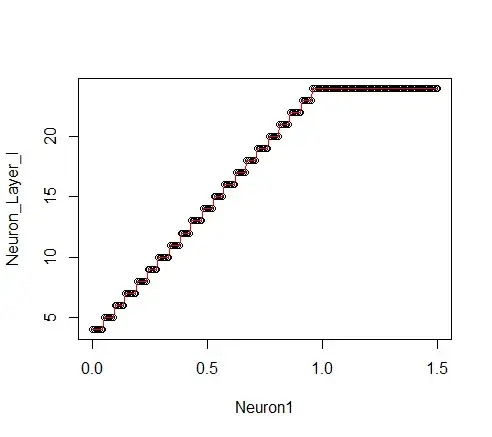I have a data like as shown below (working on classification problem using traditional classification and DL based approaches)
I see in feature engineering tutorials (and tools) here and here, they usually compute basic statistics features based on numeric column such as max(loan amount), min(loan amount), sum(loan amount),stddev(loan amount), average (loan amount) etc.
I understand all these are done in an attempt to increase the predictive power of the model.
However, my question is
what does it mean when max(loan amount) or std dev(loan amount) is an important feature? can help me understand what insight does it convey? how to interpret this feature?
let's assume that model A returns max(loan_amount) as an important feature in predicting loan_default. what does it mean?
2nd example is let's assume that model B returns max(loan_amount) has a high positive coefficient in explaining the loan_default. So, what does it mean?
I can go on and on about different models but still am only trying to understand what does max(loan_amount) mean? what insight does it communicate? can you explain in simple english?
